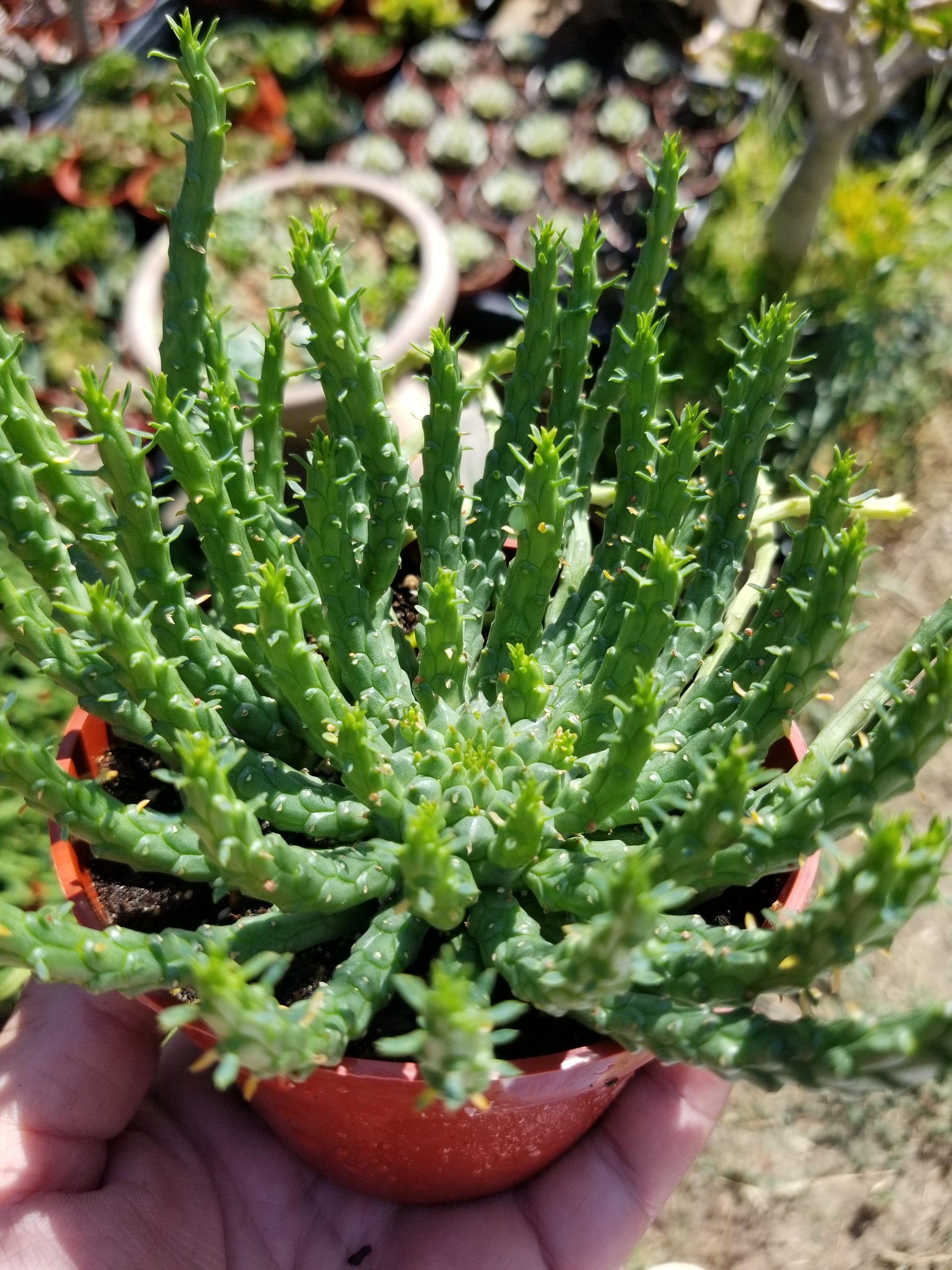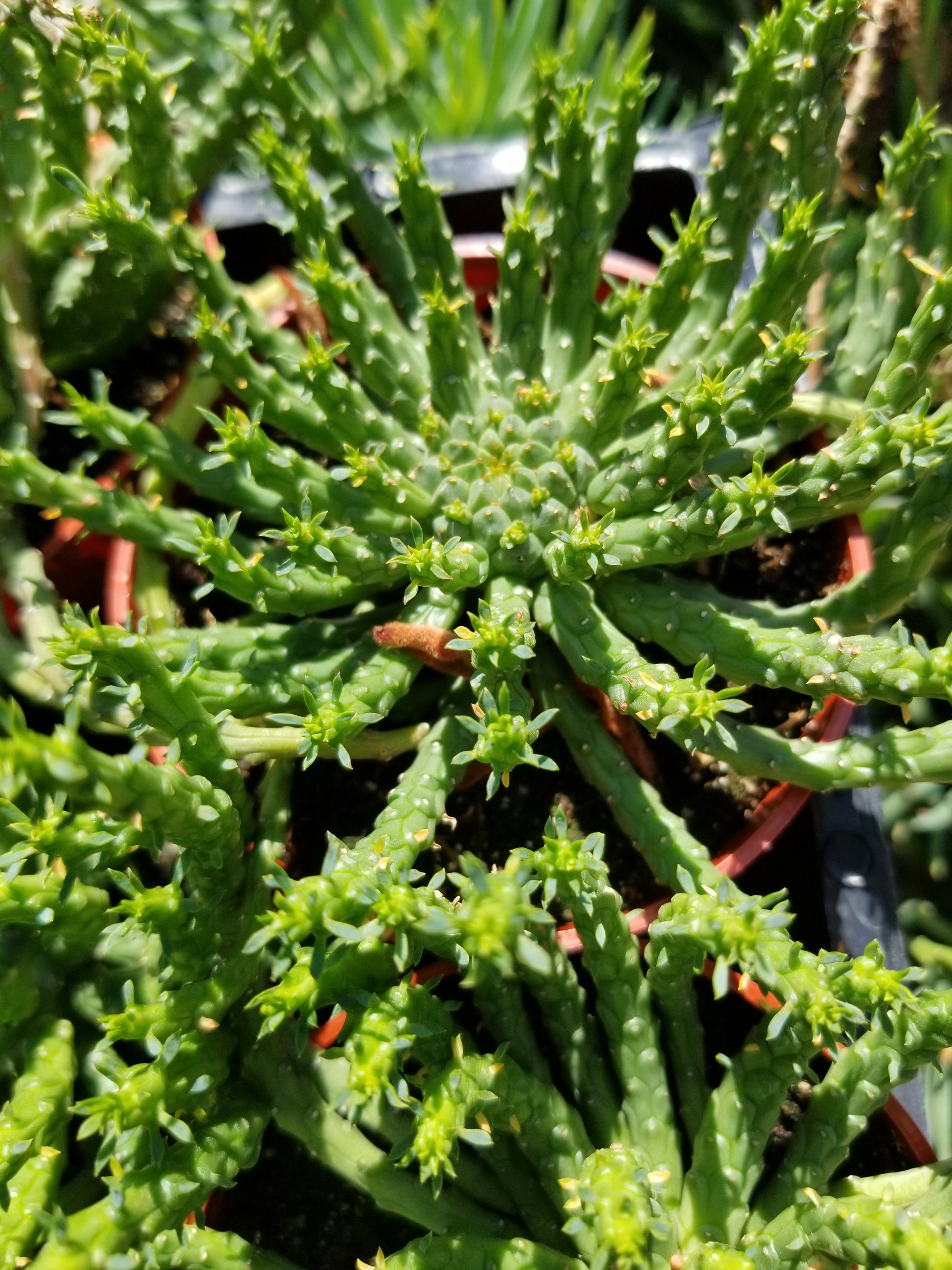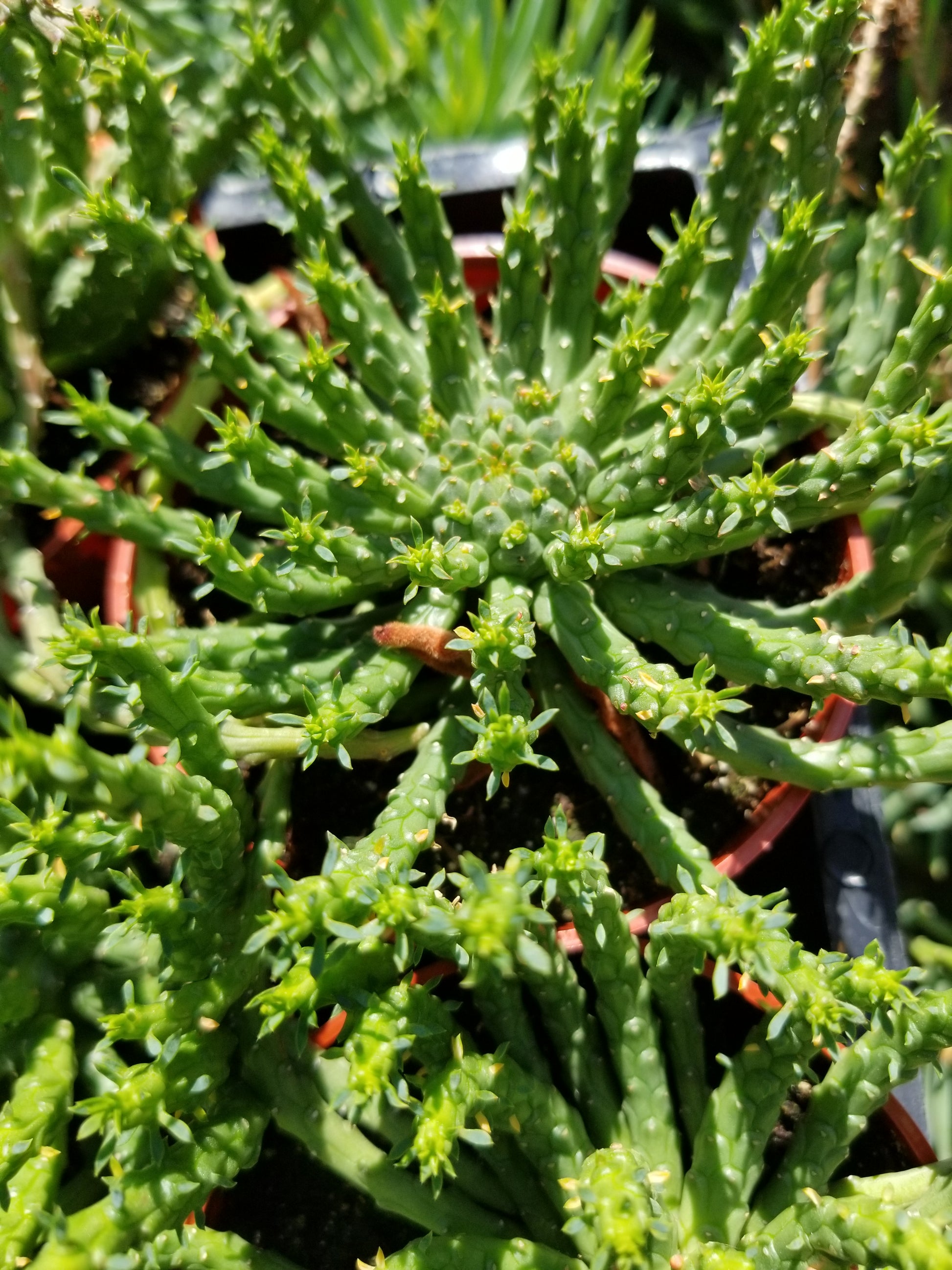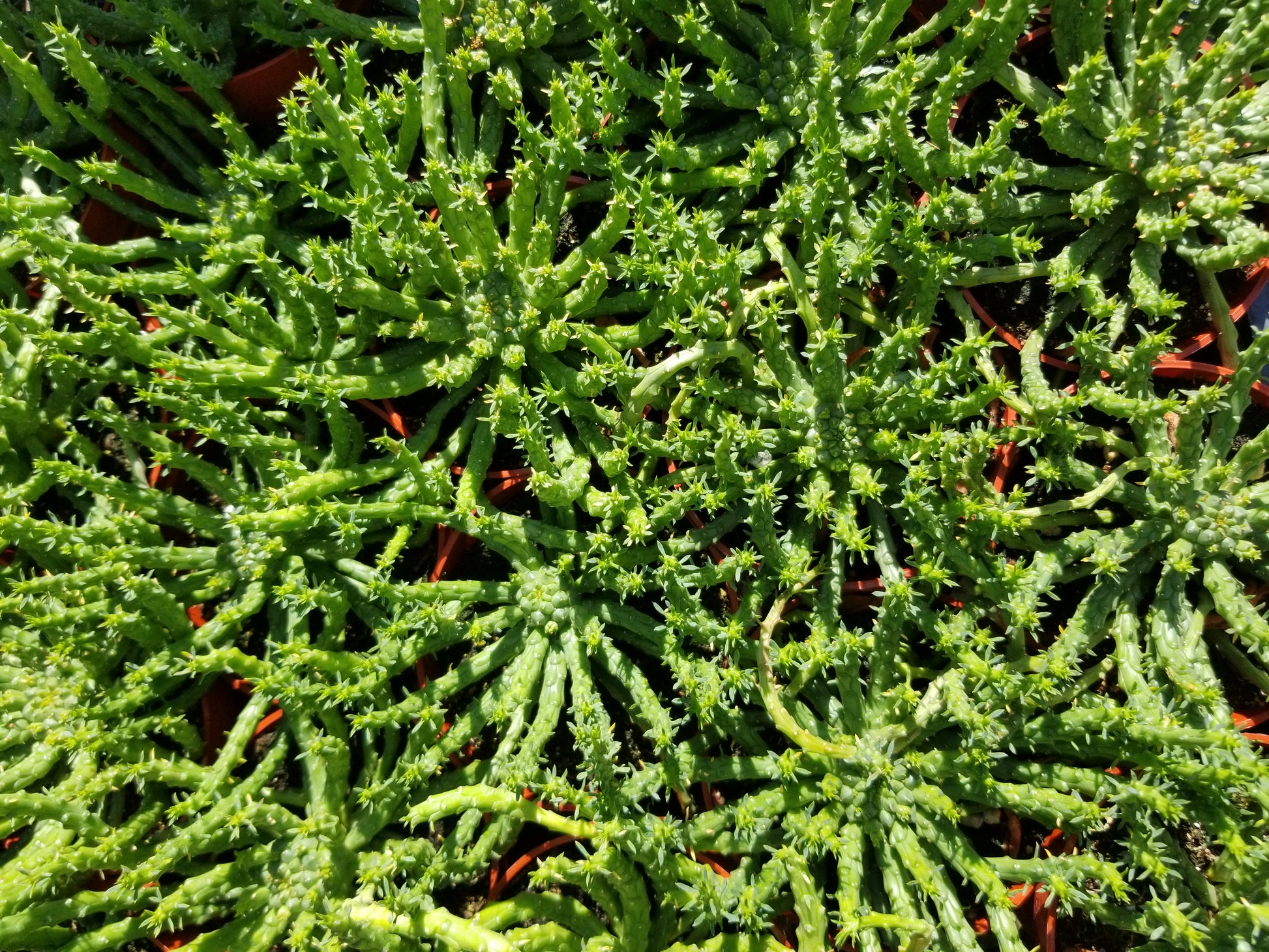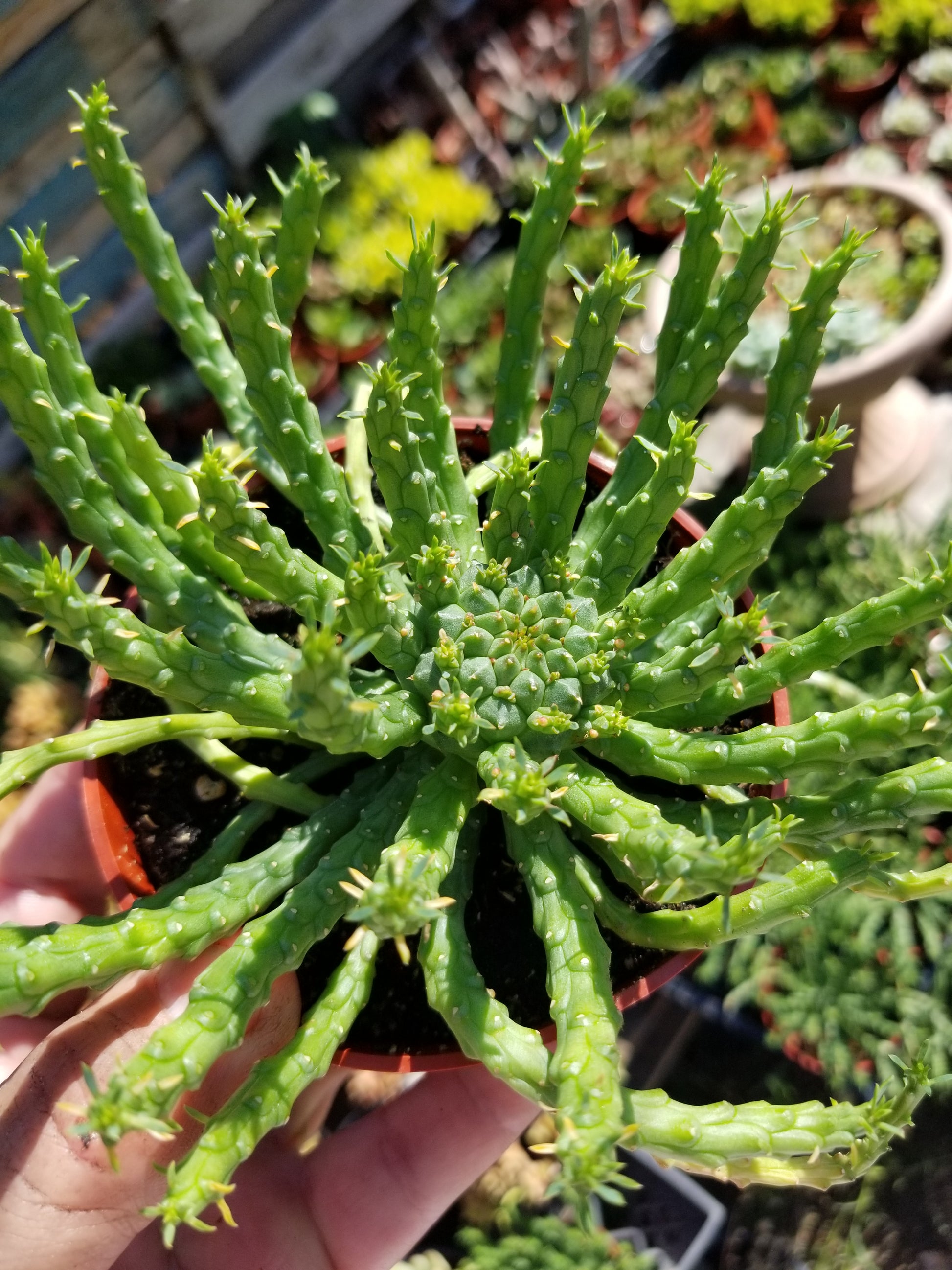Beaultiful Desert Plants
Euphorbia Flanaganii Medusa (4"pot)
Couldn't load pickup availability
Euphorbia Flanaganii Medusa
* Ship Bare root (without pot and soil) Pot size is only notated for your reference. * If you are going plant your cactus or succulent in a pot, have it prepared beforehand with cactus mix soil (recommended), then water lightly. *If you going to plant it into the ground, ensure proper drainage *We Only ship Priority to ensure your Succulents plant will take between 2 to 3 days to arrive, we are not responsible for any the shipping carriers are delays. * We try to ship our succulent plants as soon as we get the order is customer responsibility to be aware of the plant arrival also customers will get a notification by email. If the customer wants to delay or change the day of the shipment please contact us as soon as possible. *We take great care in the packaging of your plants, but unfortunately the same cannot always be said in how they are handled once they leave us .*Is the customer responsibility to purchase a (Heat pack) if the Succulent plant is ship to a cold area, we usually recommended it if the whether is 35* or lower, If you are purchasing a large succulent plant please make sure you buy enough heat pack to cover the plant (1 heat pack every 12") We are not responsible for damages to the Succulent plant if is NOT enough coverage of the heat pack, and if is delay by USPS, the heat only will keep the box warm for 72 hours.
Euphorbia Medusa’s Head plants are part of Medusoid Euphorbias, a group of succulents native to South Africa. The botanical name of the Medusa’s Head species is Euphorbia caput-medusae, which makes it the only species that actually refers to Medusa, the Greek mythology figure, in its scientific name. Other popular Medusoid Euphorbia species include Euphorbia arida, Euphorbia crassipes, Euphorbia decepta, Euphorbia esculenta, Euphorbia falanganii, Euphorbia foruita, Euphorbia fusca, Euphorbia gamkensis, Euphorbia gorgonis, Euphorbia inermis, and Euphorbia procumbent. These happen to be some of the easier Euphorbias to grow. Medusa’s Head plants can be fantastic greenery decorations in all indoor environments, including offices and homes. They look really cool, especially when displayed in a hanging basket. Medusa’s Euphorbias thrive outdoors as well. So, you can also plant them in your garden if you want a unique focal point. Two great examples of Medusoid Euphorbias that do well outdoors are Euphorbia esculenta and Euphorbia inermis. These plants have the specific needs of most succulents so if you already have a few succulents, you won’t find it very difficult to grow them. Medusa’s Head plants need lots of bright but indirect light to grow. These plants need about six hours of bright light every day to thrive, but shade in the afternoon, especially in hotter climates, because extreme heat can stress the plant. It’s essential to avoid placing your succulents in spots with direct sunlight because this may cause scorched leaves. The optimal temperatures for Medusoid euphorbias are between 50-80°F (10-27°C). If you live in an area where with winters temperatures that go below 50°F (10°C), we recommend keeping your plant indoors. Plants from the Euphorbia genus, such as Medusa’s Head plants, are generally far less prone to root rot. However, this is rather a generalization and not a “rule.” It’s best to treat your Medusa’s Head plant the same as any other succulent when it comes to watering. So overwatering and root rot should be avoided. To avoid overwatering, we recommend allowing the soil to dry between waterings. Medusa’s Head plants are drought tolerant for short periods. Like most succulents, Medusa’s Head plants require well-drained soil, so a cacti and succulents soil mix will do the trick. It’s best to use a well-drained potting mix such as a mixture of pumice, coarse sand, and potting soil for your Medusa’s Head plants. These plants are particularly vulnerable to mealybugs and spider mites, which you can remove with medical alcohol. Use a moistened cotton wool to wipe the plant and remove these pests. Medusa’s Head plants are toxic to humans and pets. Their sap is poisonous and irritant. So, if you keep your plant indoors, keep it out of the reach of kids and pets. Watering Medusa’s Head Medusa’s Head plants are drought-tolerant, meaning that they can survive even if you forget to water them for short periods of time. In fact, it’s more likely to kill a Medusa’s Head plant by overwatering it than by not providing it enough water. Like you do with most succulents, it’s best to use the ‘soak and dry’ technique and to allow the soil to dry between waterings.
Share
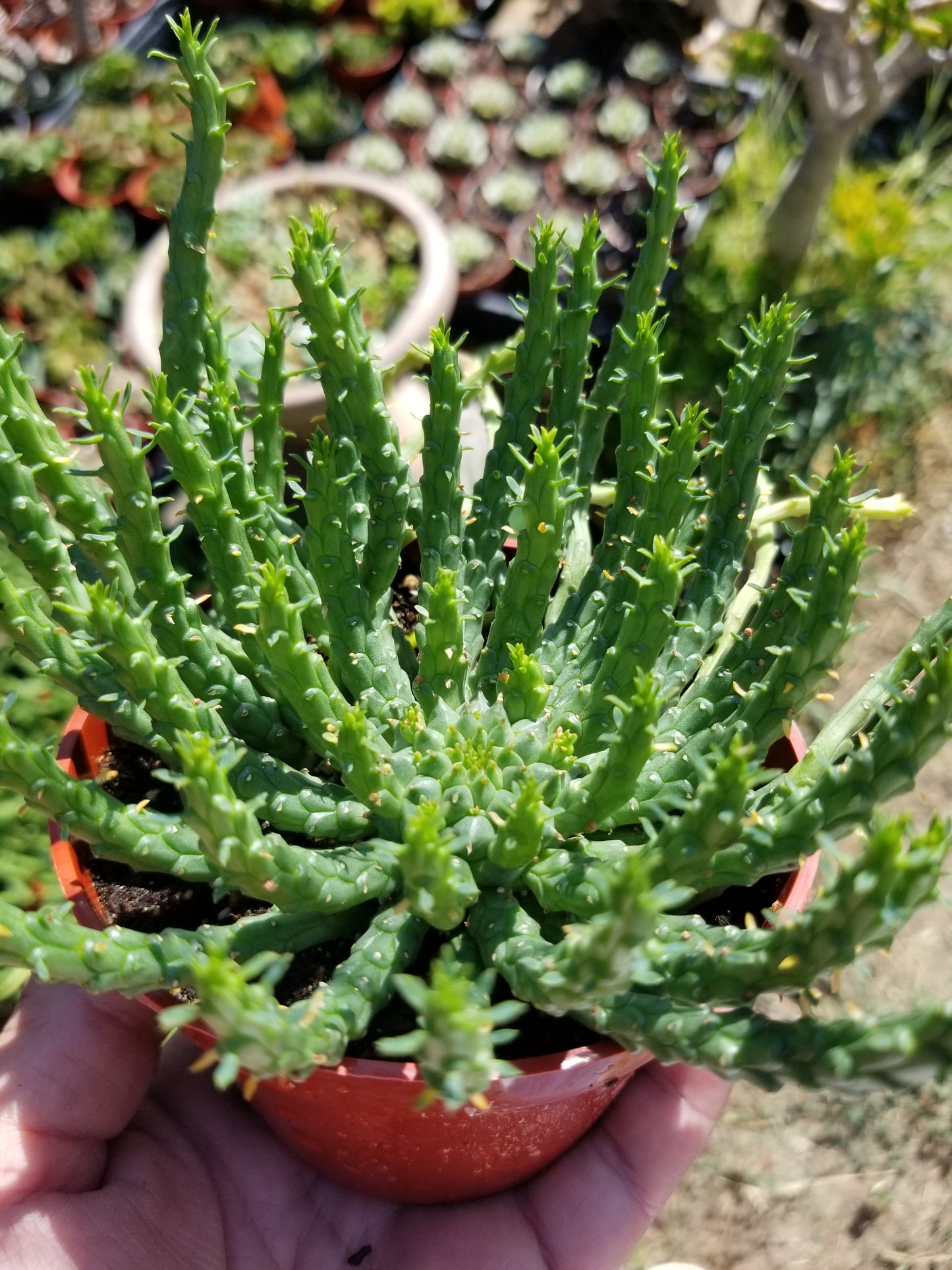
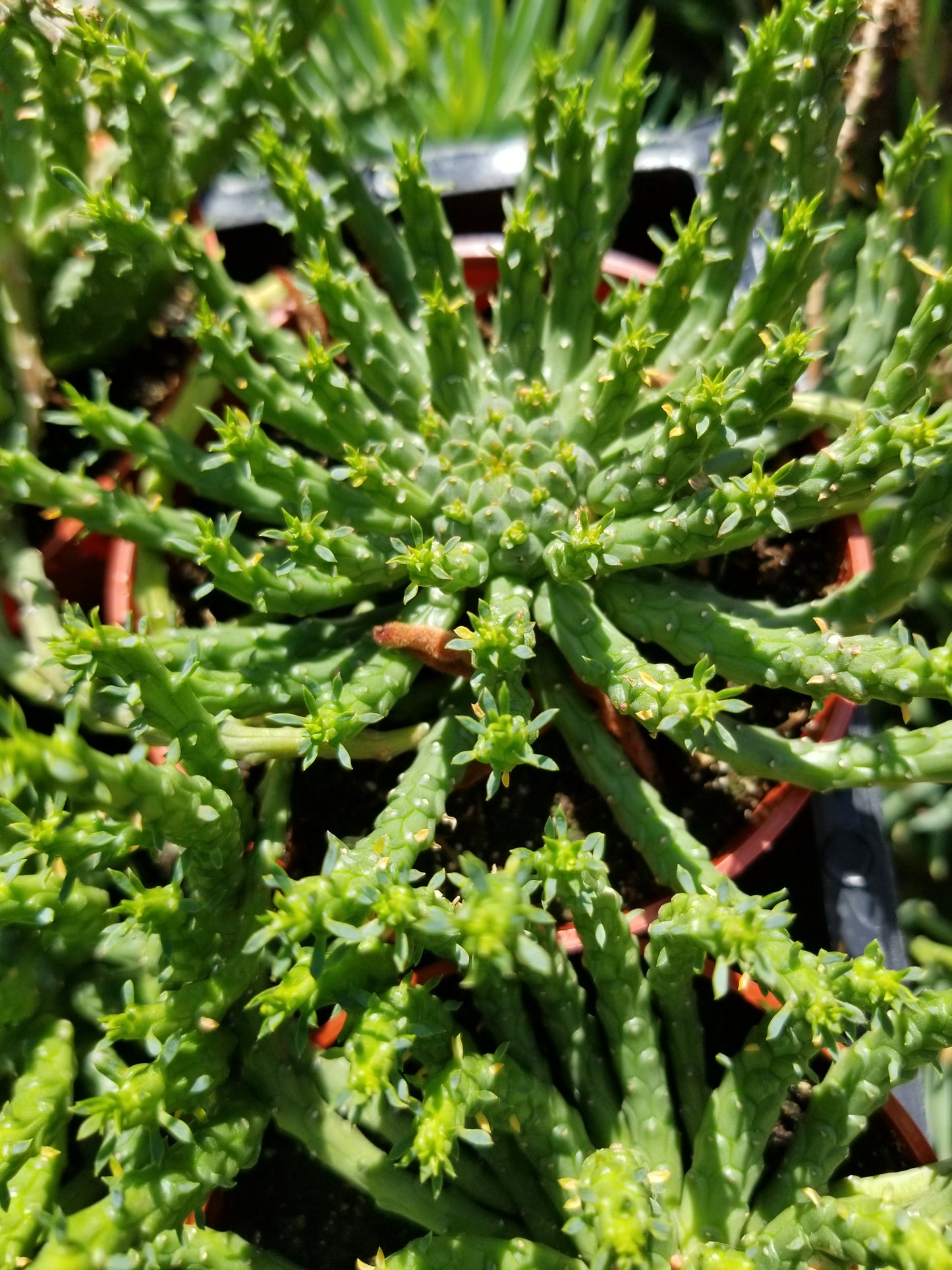


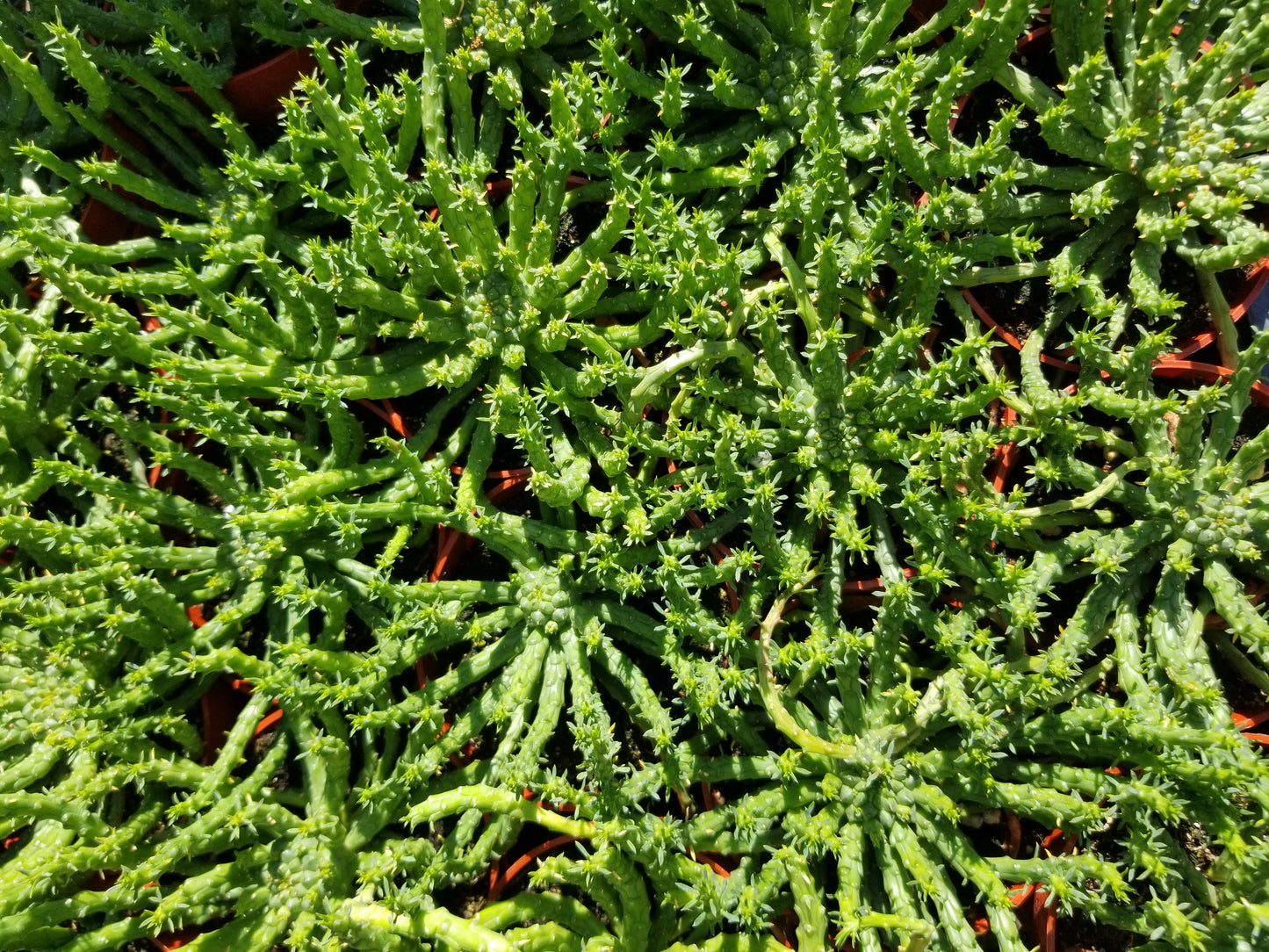

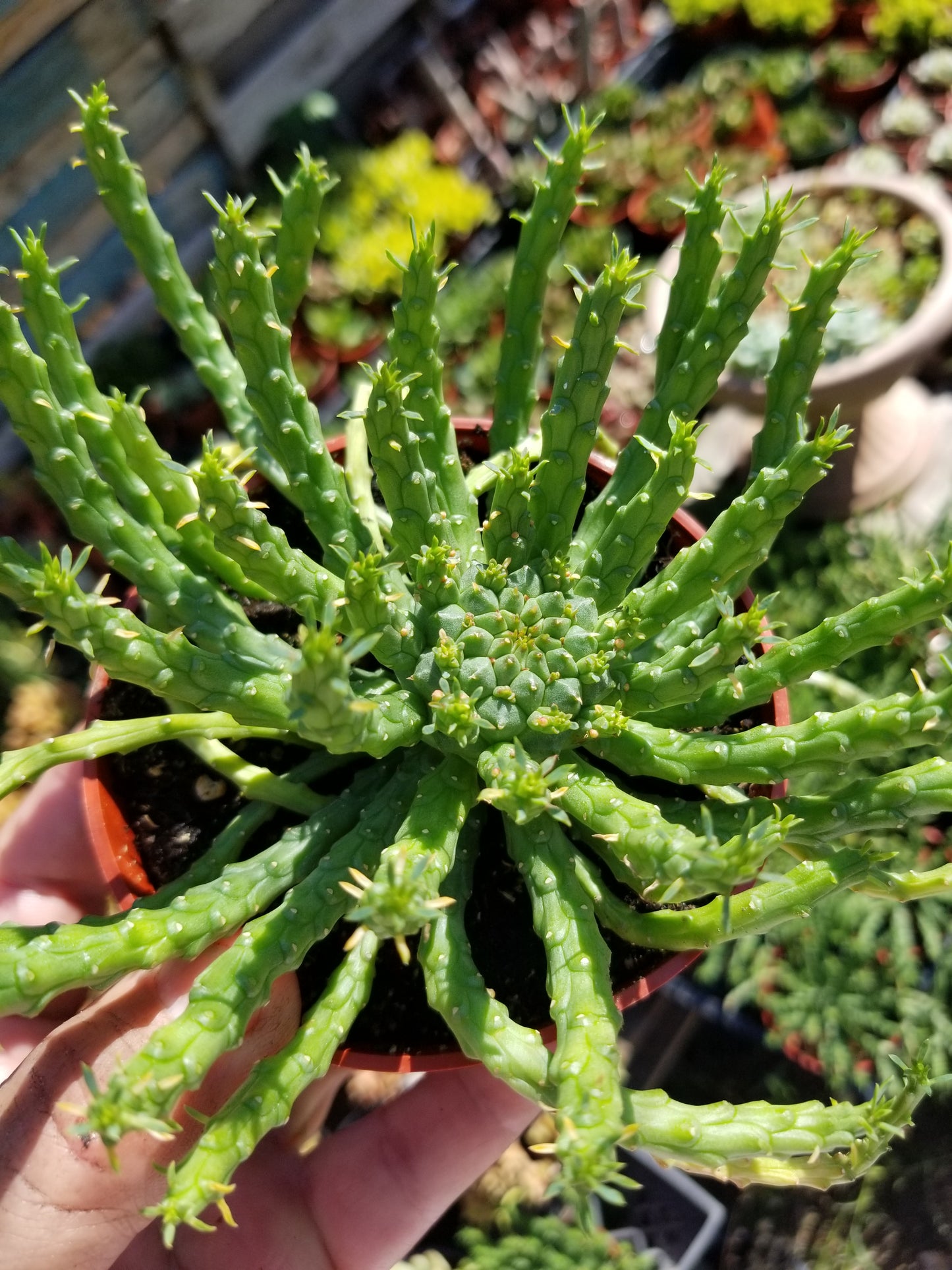

Subscribe to our emails
Be the first to know about new collections and exclusive offers.

